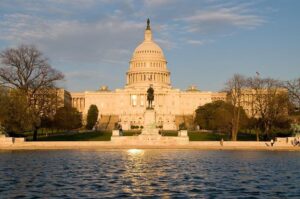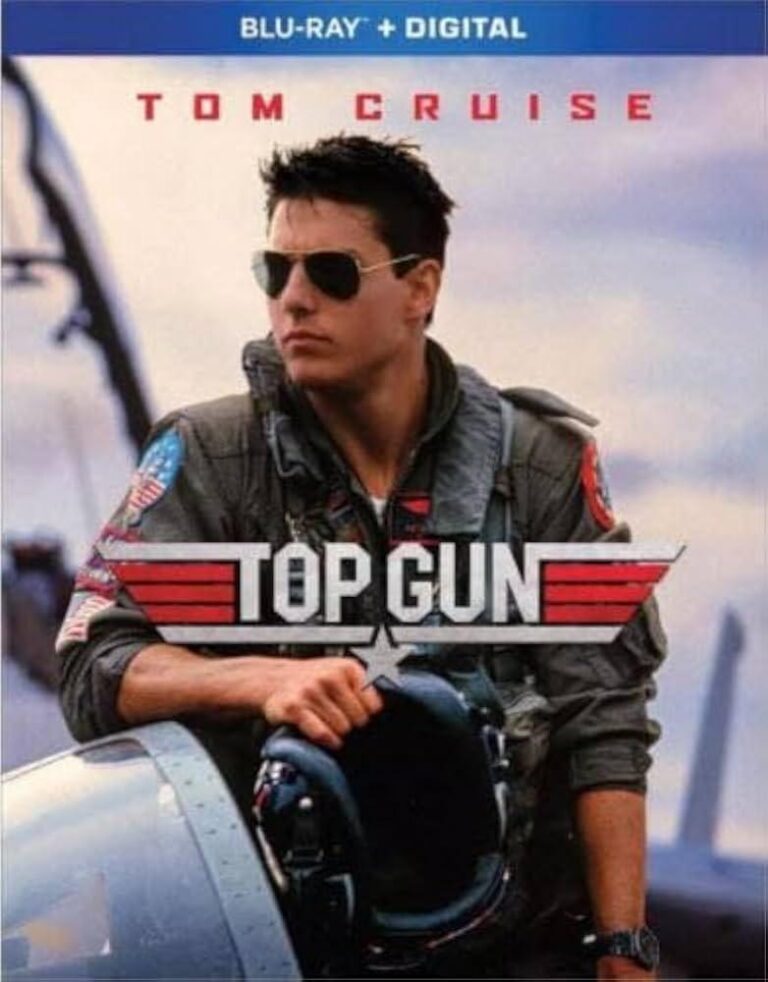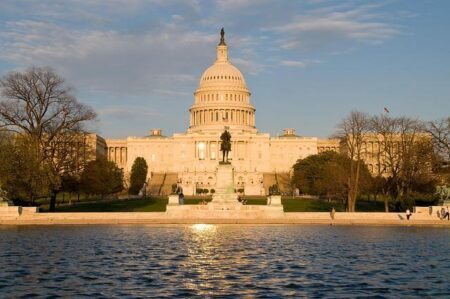Inside the Partnership Between Hollywood and the U.S. Military: The Case of Top Gun
Military Influence on the Making of Top Gun
Long before audiences were thrilled by the high-speed aerial dogfights and intense pilot training sequences in Top Gun, the U.S. military played a pivotal role in crafting the film’s authenticity and appeal. This collaboration went far beyond simple advice; the Department of Defense provided access to state-of-the-art fighter jets, real naval bases, and expert aviators who trained the actors. Such involvement not only elevated the film’s realism but also strategically positioned it as a tool to enhance the military’s image and attract new recruits.
Key military contributions included:
- Supplying genuine aircraft like the F-14 Tomcat for visually stunning flight scenes.
- Stationing military consultants on set to ensure accurate portrayal of tactics and terminology.
- Allowing filming at active naval installations to capture authentic environments.
- Providing pilot training to actors to convincingly depict the skills and discipline of aviators.
The Department of Defense’s Film Liaison office carefully reviewed scripts to emphasize core military values such as honor, courage, and teamwork, while showcasing the technological sophistication of the Navy. The table below summarizes the military’s behind-the-scenes roles and their impact on production quality:
| Military Contribution | Effect on Film Production |
|---|---|
| Access to Aircraft | Enabled dynamic and authentic flight sequences |
| Technical Advising | Ensured realistic tactics and dialogue |
| Location Support | Provided genuine naval base settings |
| Actor Training | Enhanced credible portrayal of pilot expertise |
Top Gun as a Strategic Recruitment and Public Relations Instrument
Since its debut, Top Gun has functioned unofficially as a recruitment catalyst for the U.S. military, offering a glamorized yet thrilling glimpse into the elite world of naval aviation. The film’s adrenaline-fueled dogfights combined with a compelling protagonist create an aspirational narrative that resonates with young viewers, effectively turning entertainment into a recruitment platform. The close cooperation between filmmakers and the Department of Defense ensured that the portrayal of fighter pilot life was both exciting and aligned with military messaging.
In addition to recruitment, the film serves as a powerful public relations vehicle, reinforcing themes of patriotism, sacrifice, and camaraderie. Elements such as:
- Precise military jargon and procedures that lend credibility,
- Depictions of teamwork and personal sacrifice that build emotional engagement,
- Showcasing advanced aircraft technology that highlights U.S. military strength,
work synergistically to enhance the armed forces’ image domestically and internationally. This dual function blurs the line between entertainment and strategic communication.
| Feature | Effect |
|---|---|
| High-speed aerial combat scenes | Generates enthusiasm for pilot training programs |
| Official military endorsements | Boosts authenticity and public confidence |
| Character-driven storytelling | Forges emotional connections with viewers |
Strategic Advantages Gained by the Armed Forces
The alliance between Hollywood and the U.S. military in producing Top Gun has delivered significant strategic benefits beyond entertainment. By spotlighting the elite skills of Navy fighter pilots, the film acts as a compelling recruitment tool, attracting younger demographics with its portrayal of exciting career paths. The realistic depiction of pilot training, advanced maneuvers, and cutting-edge technology reinforces the prestige and adventure associated with military service.
Moreover, the military gains from improved public relations and enhanced soft power. Partnering with a blockbuster like Top Gun helps cultivate a relatable and heroic image, fostering trust and support both nationally and globally. The strategic outcomes include:
- Increased recruitment rates with measurable growth in enlistment interest.
- Heightened public awareness of military capabilities and readiness.
- Strengthened cultural diplomacy through positive global perception.
- Maintained operational security via controlled media narratives.
| Strategic Benefit | Result |
|---|---|
| Recruitment Growth | Approximately 15% annual increase in enlistments |
| Public Engagement | High visibility and positive media coverage |
| Cultural Influence | Enhanced international perception of U.S. military |
| Operational Security | Careful management of sensitive information |
Promoting Transparency in Military-Hollywood Partnerships
To preserve public trust and uphold creative integrity, transparency in military collaborations with the film industry is essential. Productions should clearly disclose the nature and extent of military involvement, including financial backing, script input, and provision of resources. Such openness empowers audiences to critically assess the content and recognize potential biases.
Experts recommend implementing measures such as:
- Mandatory on-screen disclosures detailing military participation.
- Public access to collaboration agreements to ensure openness.
- Independent oversight to safeguard filmmakers’ creative autonomy.
| Transparency Initiative | Objective |
|---|---|
| On-screen Disclaimers | Inform viewers immediately about military involvement |
| Public Agreements | Enhance openness regarding collaboration terms |
| Independent Reviews | Ensure creative control remains with filmmakers |
Final Thoughts: The Intersection of Cinema and Military Strategy
The enduring partnership between Hollywood and the U.S. military, exemplified by Top Gun, highlights a multifaceted relationship where cinematic authenticity and strategic objectives converge. While filmmakers gain unparalleled access and realism, the military leverages these productions to bolster recruitment and shape public opinion. As Top Gun continues to captivate audiences decades later, it serves as a reminder of the influential role media plays in framing perceptions of the armed forces. Recognizing this dynamic is vital for viewers and critics who seek to understand the broader cultural and political implications of government involvement in popular entertainment.







